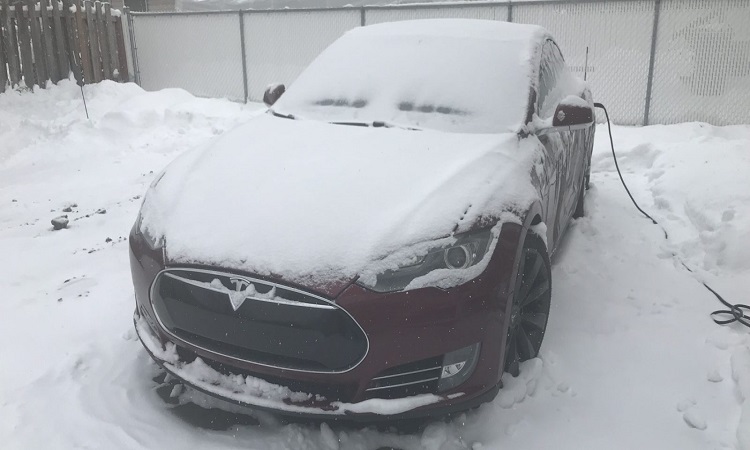Avoid getting caught by surprise
Tesla automobiles are regularly talked about about certain problems. For example, in recent years, several accidents involving Autopilot have been recorded. However, the list of defects concerning this kind of automobile would be a little longer, as explained by the Washington Post in an article of January 4, 2022. Several experts indeed advise owners of Tesla vehicles to take more precautions by cold. According to these specialists, electric cars have a problem that thermal cars do not have under such temperatures: reduced autonomy. However, this lesser autonomy could take some drivers by surprise.
According to the tests carried out, electric cars lose on average 20% of their autonomy in the event of very low temperatures. Thus, if it is a question of carrying out long distances, it is preferable to take into account this reduced autonomy in order to avoid breaking down, which is moreover in the middle of an isolated region.
A problem affecting all vehicles of its kind
In addition to this lower range, another detail should hold the driver’s attention: traffic jams. Since electric cars use more energy in cold weather (partly to keep some heat in the vehicle), getting stuck in traffic could mean a breakdown. In this case, the only solution would be to use a (expensive) tow truck and wait for it in the cold.
But why do electric vehicles have this weakness? Remember that lithium-ion batteries store energy through a chemical reaction. However, this same reaction is more effective under an optimal range of temperatures. Indeed, the autonomy is maximum when the outside temperature is between 15 and 25°C.
It should be noted, however, that all cars of this type have the same problem and not just those of the Tesla brand. Based on this observation, manufacturers are working on solutions to reduce the impact of extreme cold on the range of their vehicles. These solutions, still unknown to the general public, should be implemented in the next models. However, it is important to emphasize that they will only limit the “damage”. Indeed, vehicles of this type will always be affected by a reduction in autonomy and higher energy consumption in the event of very low temperatures.




